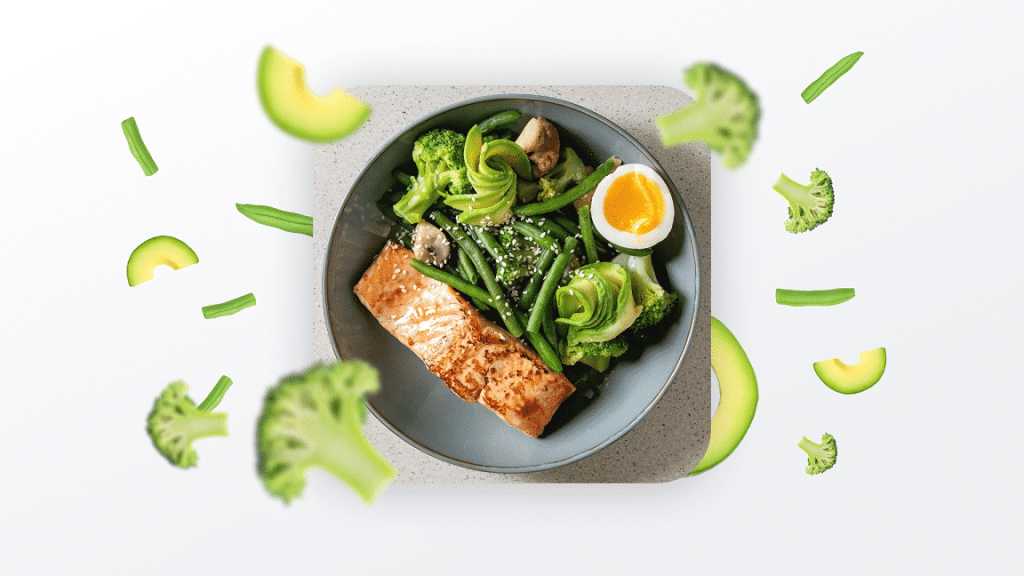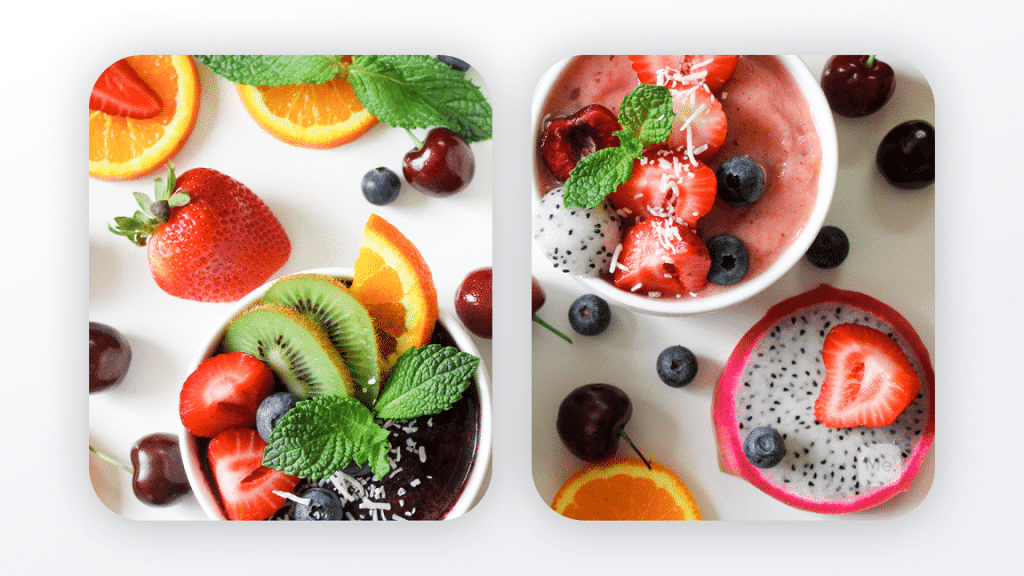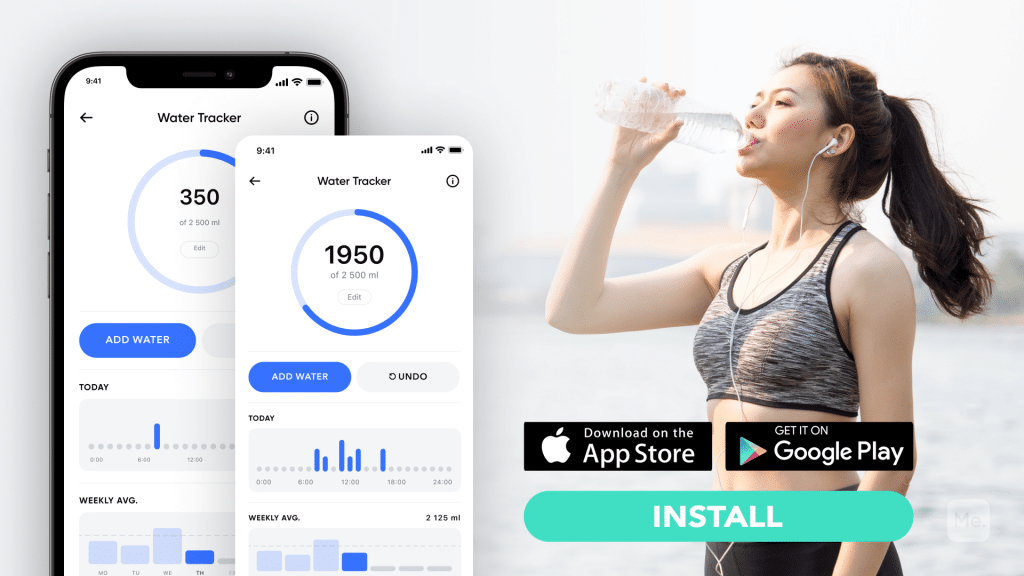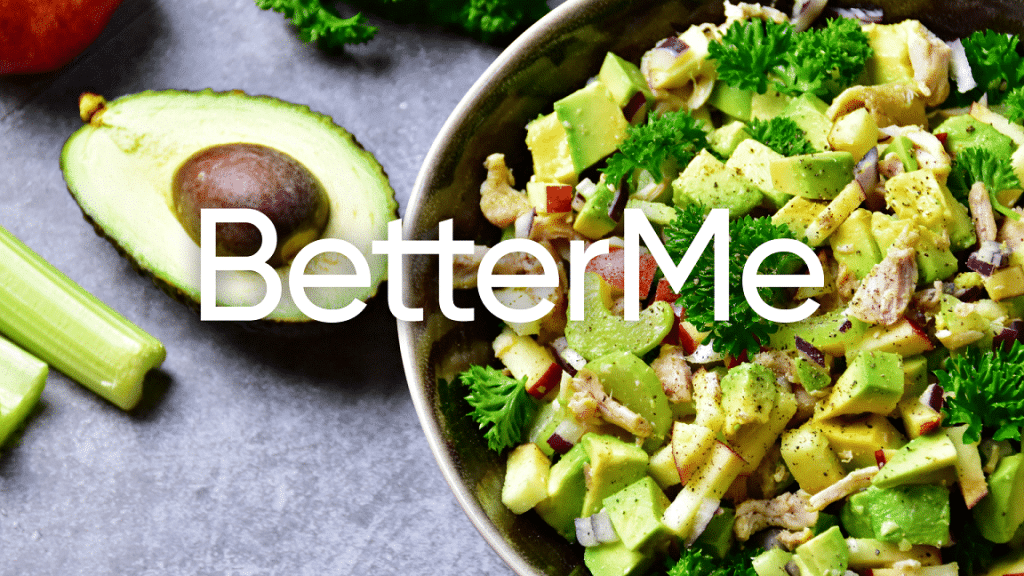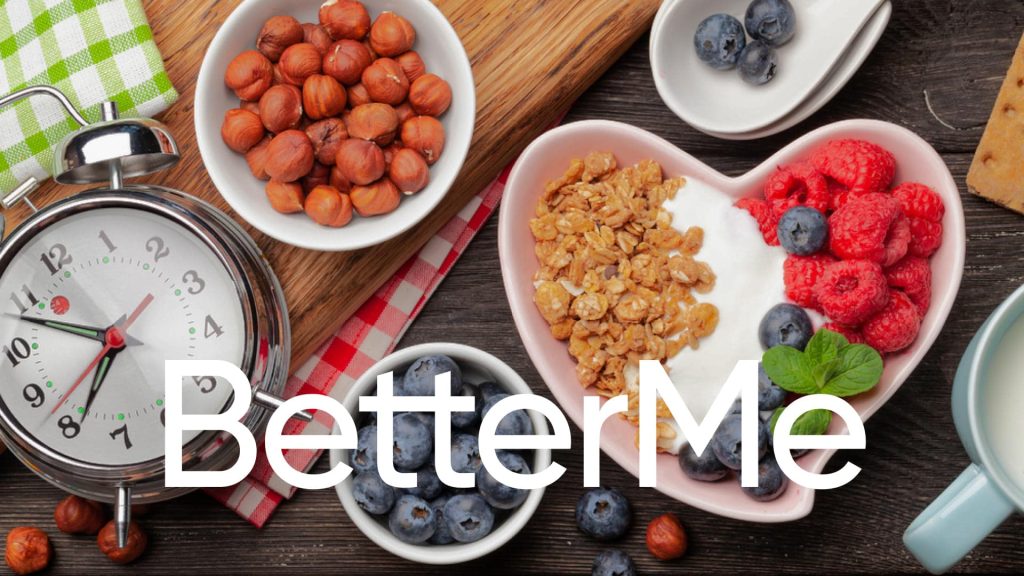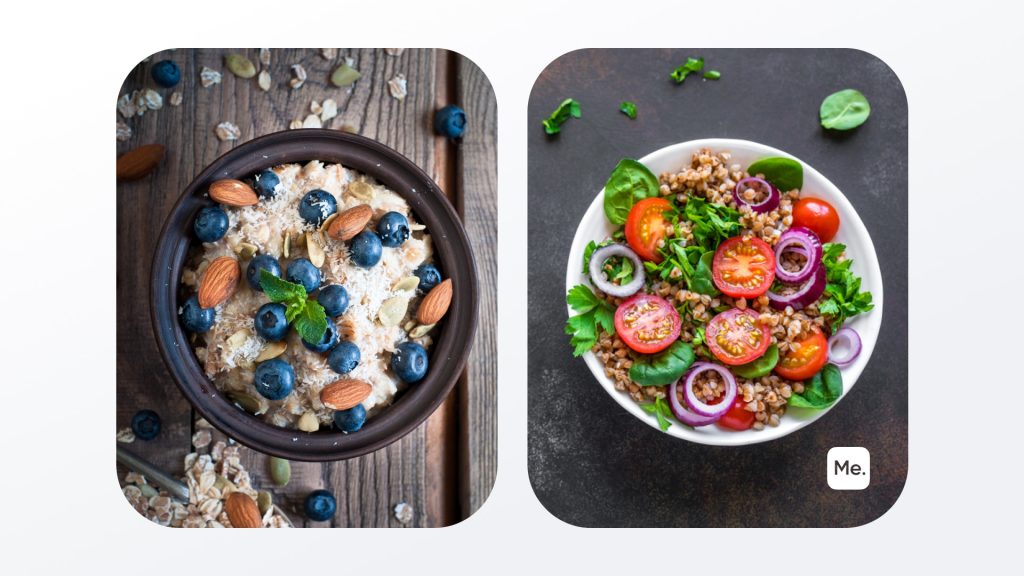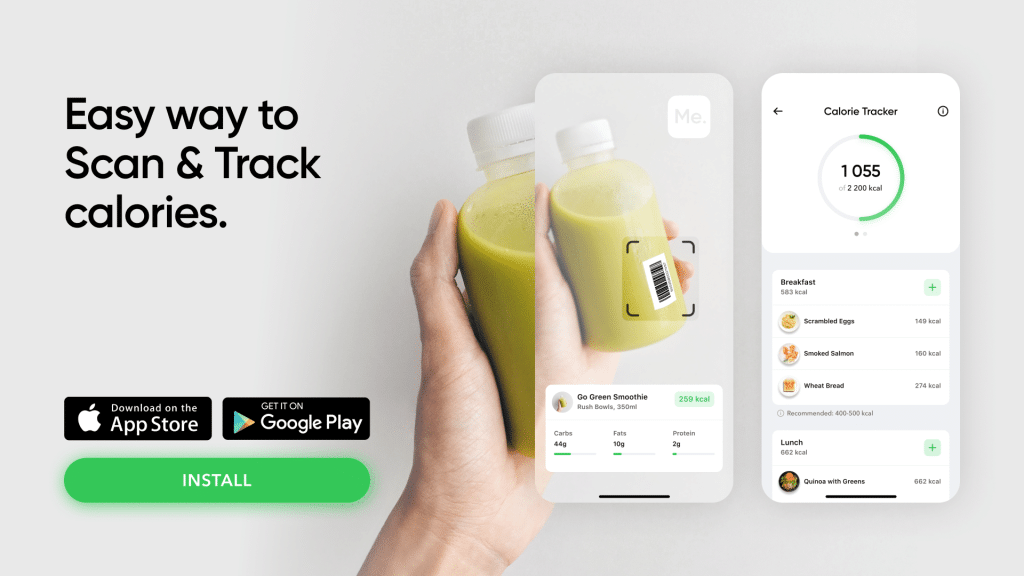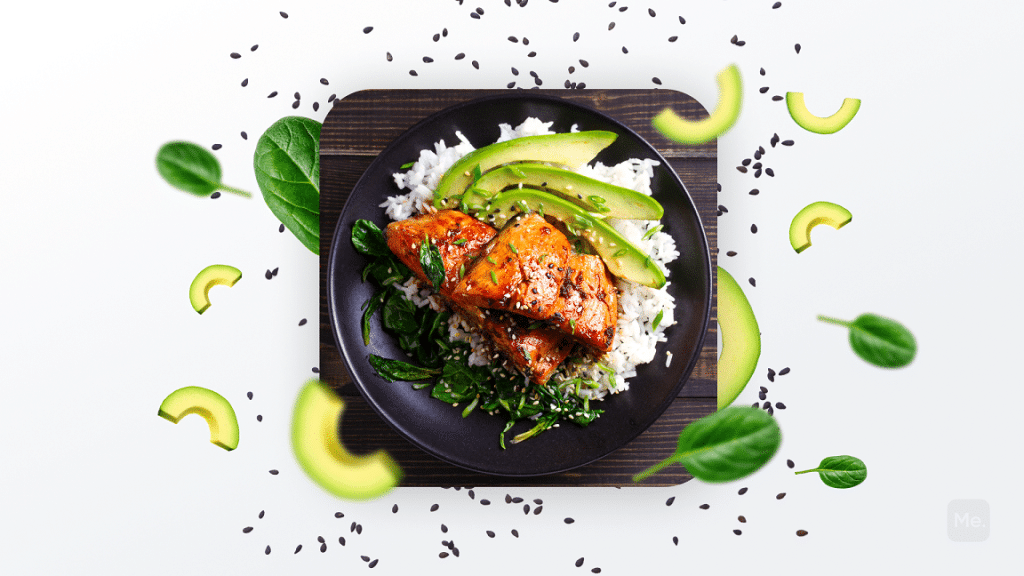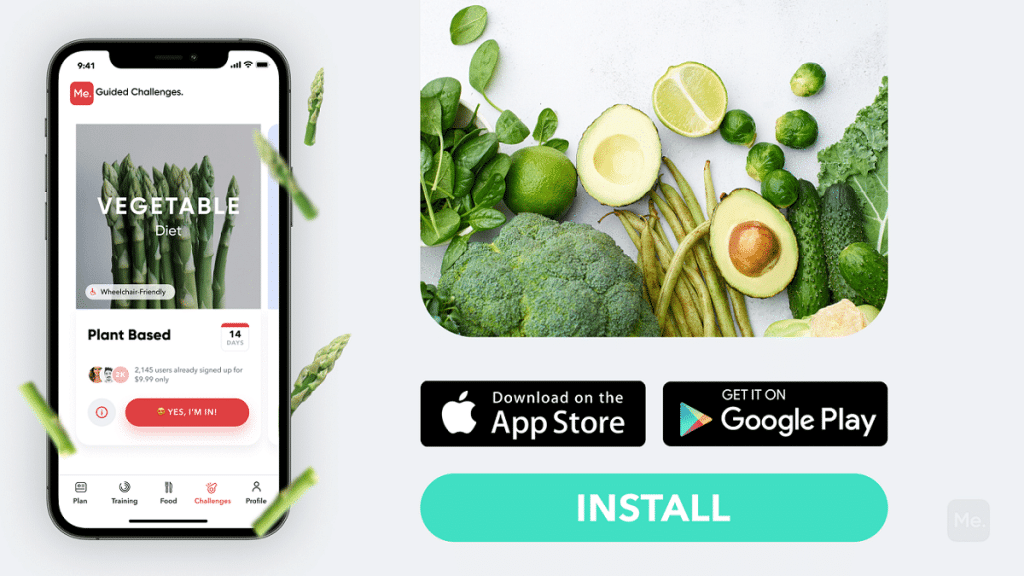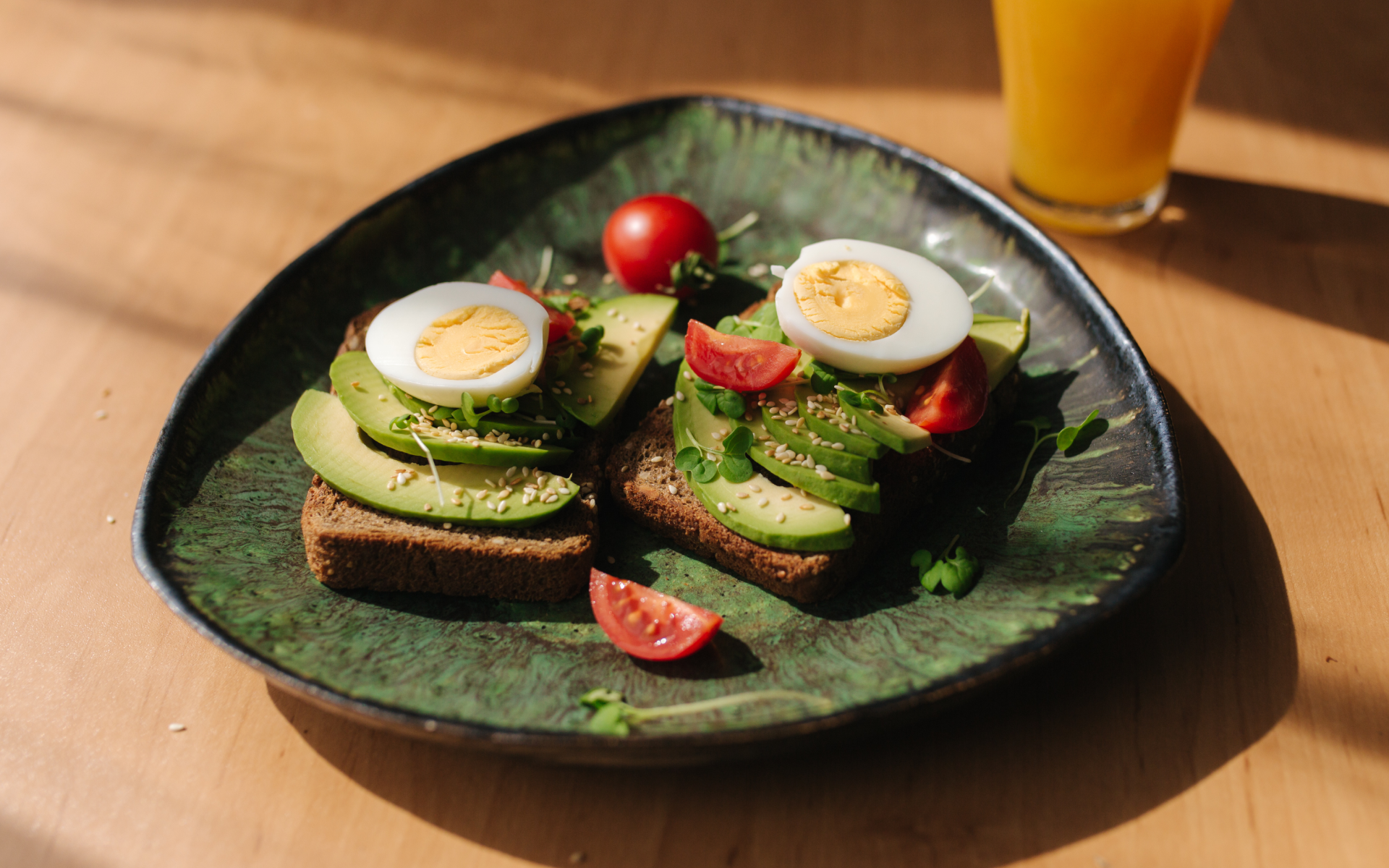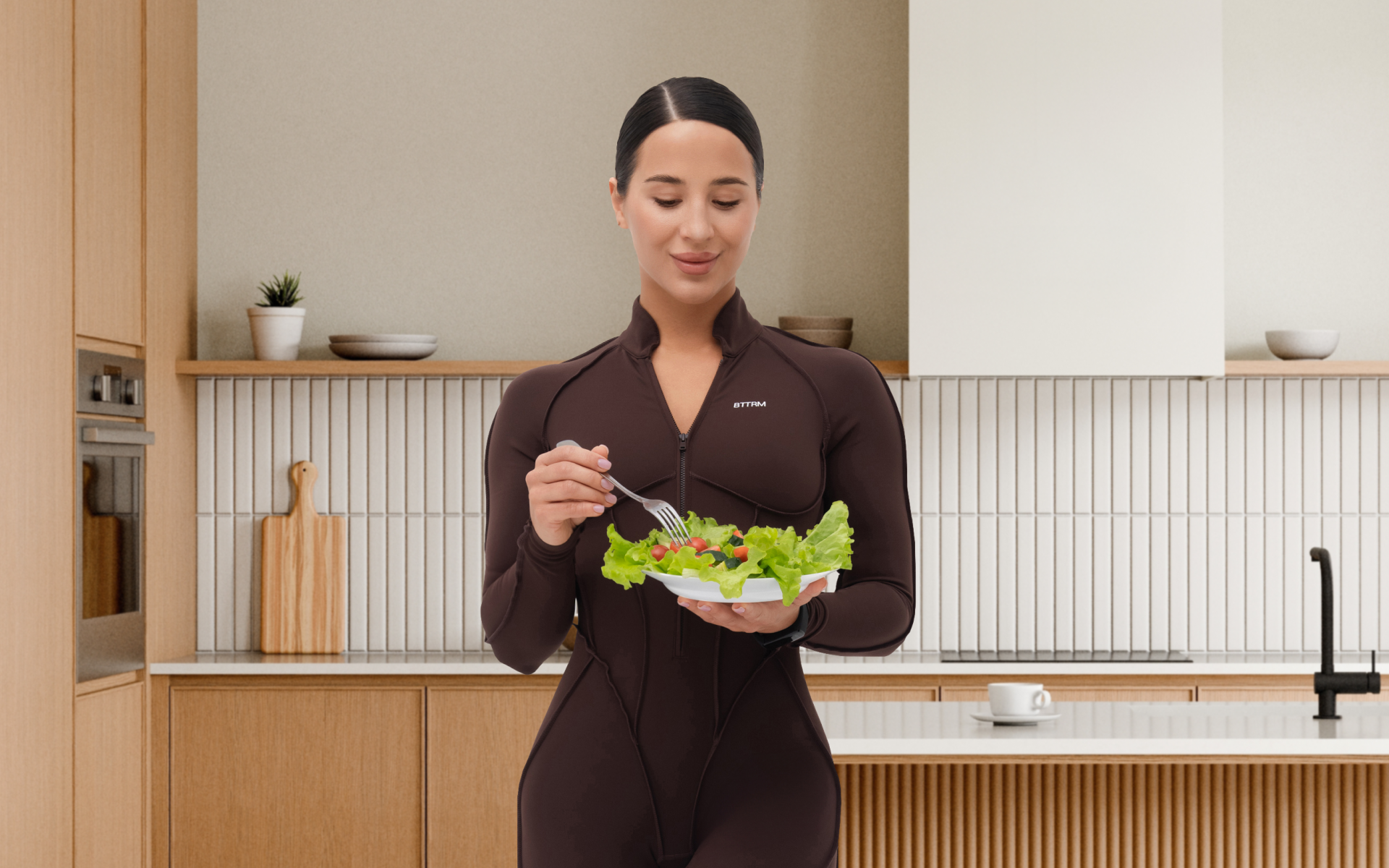So you want to go on a 30-day low carb meal plan, perhaps to lose weight? That is not a bad idea. Before progressing with this plan, you will need to examine what such a diet plan entails. Naturally, you cannot implement something that you are hardly familiar with. In line with this, talk with a licensed physician to determine if this diet plan can help you attain your goals.
Get your personalized
meal plan!
One of the reasons why the low-carb meal plan has become popular is its supposed link with weight loss. Weight watchers believe that by restricting the number of carbohydrates you consume, you can promote weight loss.
You might have heard of some people who have lost weight through this method. Despite this, you do not have an automatic pass to start this diet plan. At the end of the day, your body needs various calories from carbohydrates. Due to this factor, you will need to count your calories and determine how many of them will come from your carbs.
This article will analyze the low carb diet plan and recommend a practical 30-day low-carb meal plan. Additionally, we will evaluate its effectiveness and lowdown and provide significant reasons why you need to start or avoid it.
What Is A Low-Carb Diet?
A low-carb diet refers to a meal with few carbohydrates but high fat and protein content (12). If your goal is to start such a diet plan, you should familiarize yourself with the best low-carb foods. Most importantly, you will need to talk to your doctor and nutritionist first.
They will help you determine the best low-carb foods to include in your diet plan. In most cases, professionals tend to recommend the following foods (11):
- Eggs
- Lean meats such as pork, chicken breast, and sirloin
- Fish
- Leafy green vegetables
- Broccoli and cauliflower
- Seeds and nuts
- Healthy oils such as olive, rapeseed, and coconut oil
- Fruits such as apples, strawberries, and blueberries
- Unsweetened dairy products such as plain Greek yogurt and plain whole milk.
If you are vegan or vegetarian, the following foods are recommended due to their low-carb content (10):
- Tofu
- Seitan
- Tempeh
- Seeds and Nuts
- Avocados
- Olive, coconut, and avocado oil
- Coconut milk
Read More: Low-Carb Diet Vs Vegan Diet: Which Is The Ultimate Weight-Loss Diet
Differentiating Low, Moderate, And High Carb Meal Plans
While you may want a low-carb diet plan, chances are you have heard of the high or moderate carb meal plan. The high carb meal plan involves consuming foods that are high in carbohydrates. According to WebMD, such a meal plan requires you to acquire 70% of your total daily calories from carbs (5).
On the other hand, 45 to 65% of your total calories come from carbs in the moderate meal plan. However, for the low-carb diet plan, 25 to 30% of your calories come from your carb intake. Taking these figures, if you were to consume 2, 000 calories daily, a diet with 25% carbs would mean attaining 500 calories from the carbs.
In keto, the carb content tends to be even lower. After all, ketosis involves your body being fueled primarily by fat and ketones. In this case, you may be required to consume either 50 g of carbs or less. You are not required to start any part of this diet plan without consulting a licensed physician. They have to determine that you are fit to start such a program and that it will not cause any harm.
How Many Carbs Should You Eat In A Day?
As mentioned earlier, your body still needs carbohydrates to perform various functions. Therefore, you are not required to go on a very low-carb meal plan, especially without any medical supervision.
According to Medical News Today, roughly 45 to 65% of your daily calories ought to come from carbs. This percentage represents about 225 to 325 grams of carbs if your daily calorie limit is 2, 000 (3).
What Must You Know About A Low-Carb Meal Plan?
There are so many debates and perhaps misconceptions about a low-carb diet. All these perceptions may make you question about starting a 30-day low-carb meal plan. The thing is, you need to differentiate between myth and fact to avoid going carb crazy.
Facts will give you the accurate information that you need to brace yourself before starting this diet plan. Here are some facts or things you need to know about the low-carb meal plan:
-
It Only Consists Of Low-Carb Foods
There are numerous foods you can eat to meet your daily carb intake. However, if you start a low-carb diet plan, you ought to focus on low-carb foods only. For example, choose cauliflower rice instead of white rice.
Compared to white rice, cauliflower rice has fewer carbs, about 19 grams per serving (2). It is also nutritious and gives you nutrients such as fiber. Likewise, instead of using the all-purpose flour, select almond flour.
It has at least 57 grams of carbs per serving. It is also rich in healthy fats and nutrients such as potassium, calcium, and fiber.
-
You Ought To Count Your Carb Serving
Starting a low-carb meal plan involves knowing your carb count and carb serving of each meal. Otherwise, you are likely to exceed your carb intake and compromise the results of your 30-day low-carb meal plan.
According to Medical News Today, most low-carb diet plans allow for the consumption of 20 to 50 grams of carbs. Below are foods that contain roughly 15 grams of carbs that you can consider for your 30-day low-carb diet plan (11):
- Half a cup of corn
- Half a cup of beans or legumes
- One slice of bread
- One-third cup of cooked rice
- Two tablespoons of raisins
- One cup of melon cubes
- One cup of berries
- Eight ounces of milk
- One cup of peas
- Six ounces of plain yogurt
- Half of a medium-sized banana
- One small baked potato
- One tennis ball-sized orange or apple
Want to build an attention-grabbing bubble butt, blast away fat that’s stored in all the wrong places, spring-clean your diet, turn back the clock on your skin, skyrocket your self-confidence and shatter your insecurities? Check out the BetterMe app and set this plan in motion!
Why Start A 30 Day Low-Carb Meal Plan?
If you want to start this meal plan, you have to be sure that you are doing it for the right reasons. You can do this by evaluating the benefits of such a diet plan. Here are some expert-approved reasons for starting a 30-day low-carb meal plan:
-
It Supports Weight Loss
Over time, carbs have been highly vilified as the culprit responsible for weight gain. Hence, most weight watchers have figured that they can cut carbs entirely from their diet and lose weight. The fact is that weight loss is the result of a combination of a calorie deficit, regular exercise, and healthy eating.
So, cutting carb intake alone will not help you lose weight. Again, cutting carb entirely from your diet may be risky as your body needs carbohydrates for various functions. Instead of this, Mayo Clinic recommends a low-calorie diet that only restricts your calories to 500 to 750 calories daily (7).
Such a move can help you lose up to one and half a pounds within a week. In such a low-calorie diet, low-carb diets will be included. Experts acknowledge that eating fewer carbs increases the calories your body burns. As a result, these low-carb diets promote weight loss and can help in obesity treatment (9).
-
It Reduces Your Risk Of Several Health Conditions
Starting such a diet plan can also reduce your risk of heart diseases and type 2 diabetes (7). The reasoning behind this is that you are eating more healthy fats and proteins that help in reducing these risks.
Such a meal plan can also improve your cholesterol and blood sugar levels. However, this is only temporary as this diet plan lasts for only 30 days. Improving your cholesterol and blood sugar levels can reduce your risk of heart disease, stroke, diabetes, and high blood pressure.
-
It Improves Blood Glucose Control
Maintaining a healthy blood sugar level can help prevent weight gain and even support weight loss. It can also reduce your risk of type 2 diabetes and insulin resistance.
The Downside Of The 30 Day Low-Carb Meal Plan
Although this diet plan has its pros, there are several reasons why you need to think twice before embracing it. These reasons signify the disadvantages of starting the 30-day low-carb diet plan. They are as follows:
-
It Increases Your Risk Of Several Diseases
Although this diet plan is beneficial in the short term, it is however dangerous long term. Research suggests that implementing a low-carb diet plan over the long term increases your risk of cancer, heart diseases, and cerebrovascular disease (6).
-
It Raises Your Risk Of Premature Mortality
According to Medical News Today, eating fewer carbs increases your risk of mortality from any cause (8). These health gurus acknowledge that implementing a low-carb diet plan long-term can increase your likelihood of dying from any cause.
Therefore, after these 30 days, you are urged to look for another method to help attain your goals. So, if you do not lose your desired pounds within 30 days, look for other weight loss programs. Extending this low-carb diet plan will only be detrimental down the line.
Read More: 1200 Calorie High Protein Low-Carb Diet: Can This Diet Be The Answer To Your Weight Loss Goals?
Sample Of A 30-Day Low-Carb Meal Plan
With your doctor’s go-ahead to start a 30-day low-carb meal plan, you can now start looking at some recipes/menus. Here is an example of a cheap 30-day meal plan for low-carb dieters. We will only sample three days of this diet plan to give you a clue about what meals to prepare. They are as shown below (12):
Day 1
Breakfast: A berry and spinach smoothie
The total carbs in one serving of this smoothie are 25 grams. It has been prepared using the following ingredients:
- Sliced kiwi, fresh spinach, frozen unsweetened strawberries, blueberries, a chopped banana, ice cubes, fat-free dairy or nondairy milk, and 100% apple juice.
Lunch: Cauliflower rice
One serving of this cauliflower rice recipe has 8 grams of carbohydrates. To prepare it, you will need the following:
- Sesame and olive oil, low-salt soy sauce, chopped green onions, chopped carrots, ground ginger, chopped cauliflower, low-salt vegetable stock, and black pepper to taste.
Dinner: Spinach, tomato, and walnut quinoa
The following low-carb dinner diet plan has 30 grams of carbs for one serving. Below are the ingredients you need to make this diet:
- Quinoa, garlic, extra virgin olive oil, low-salt stock or water, grape tomatoes, fresh spinach, raw walnut pieces, fresh basil leaves, and grated Parmigiano-Reggiano cheese (optional).
Day 2
Breakfast: Spinach and tomato baked eggs
One serving of this breakfast idea has 1 gram of carbohydrates. You will need to add these ingredients to your 30-day meal plan grocery list for you to prepare this breakfast meal:
- Fresh oregano, fat-free feta cheese, eggs, cooking spray, one diced tomato, and finely chopped fresh spinach.
Lunch: Chickpea salad
One serving of the chickpea salad has 11 grams of carbohydrates. To prepare this salad, make sure you have these ingredients:
- Cooked or canned and drained chickpeas, peeled, seeded, and chopped cucumber, diced green bell pepper, diced tomato, dill, olive oil, lemon juice, chopped fresh parsley, salt and pepper.
Dinner: Grilled Salmon Salad
One grilled salmon salad serving has 10 grams of carbohydrates. Below are the ingredients to help you prepare this low-carb diet:
- Salmon fillets, olive oil, chopped romaine lettuce, sliced cucumber, lime juice, sliced avocado, low or no-salt grill seasoning, chopped red onion, Dijon mustard, a sweetener, salt and pepper.
Day 3
Breakfast: Shakshuka
One serving of shakshuka has ten grams of carbohydrates. To prepare this dish, you will need:
- Zucchini, garlic, olive oil, onion, cumin, paprika, cayenne pepper, plum tomatoes, feta cheese, eggs, fresh basil or cilantro, salt and pepper.
Lunch: Black bean miso soup
One serving of black bean miso soup has 34 grams of carbs. The ingredients to prepare this soup include:
- Olive or canola oil, chopped yellow onion, chopped carrot, minced garlic, lemon juice, chopped cilantro, thinly sliced ginger root, grated ginger, black beans, water or low-stock vegetable stock, and red miso paste.
Dinner: Teriyaki chicken salad
One serving of this low-carb salad has approximately 9 grams of carbohydrates. To prepare it, you must have the following:
- Cooked and shredded chicken breasts, grated carrot, diced celery, low-salt soy sauce, honey, water, low-fat mayonnaise, minced or grated garlic, plain, nonfat Greek yogurt, toasted almond slivers, and lettuce leaves.
When it comes to weight loss, progress is made by inches, not miles, so it’s much harder to track and a lot easier to give up. BetterMe app is your personal trainer, nutritionist and support system all in one. Start using our app to stay on track and hold yourself accountable!
Sample Of A 30-Day Low-Carb Meal Plan For Diabetics
A 30-day low-carb diet plan for diabetics can help you to better manage your blood sugar levels. Reduced carb intake tends to stabilize your blood glucose, counteracting any diabetes effects including weight gain. Here are some recommendations from Medical News Today to include in your 30-day low-carb diet plan (1):
Day 1
Breakfast
- Low-fat yogurt
Lunch
- Cauliflower rice with vegetables and tofu
Dinner
- Spaghetti squash stuffed with vegetables
Snack
- String Cheese
Day 2
Breakfast
- Eggs and vegetables fried in extra virgin olive oil
Lunch
- Bunless hamburgers or cheeseburgers
Dinner
- Pizza with a cauliflower crust
Snack
- Apples and peanut butter
Day 3
Breakfast
- A fiber-rich smoothie prepared with an avocado, a banana, and some frozen berries
Lunch
- Salad with toasted nuts
Dinner
- Whole-grain pasta with either vegetables or fish
Snack
- Hummus and vegetables
Sample Of A 30-Day Low-Carb Meal Plan For Vegans
If you are vegan, you can get ideas for your 30-day low-carb high protein meal plans from these samples. They are all from the Medical News Today website (10). They include:
Day 1
Breakfast
- A green smoothie with some additional plant-based protein powder
Lunch
- Baked vegetables with olive oil
Snack
- Low-carb granola bars
Dinner
- Zucchini pasta with an avocado pesto
Day 2
Breakfast
- A coconut milk strawberry smoothie
Lunch
- A lettuce wrap with tempeh
Snack
- Vegetable sticks with hummus, nut butter, or avocado dip
Dinner
- Portobello mushrooms with avocados and some vegetables
Sample Of A 30-Day Low-Carb Meal Plan For Vegetarians
You can consider the following meal ideas for your 30-day low-carb vegetarian meal plan. If not, you can use them to tailor your 30-day low-carb meal plan to your liking. They are from the Medical News Today website and are as follows (10):
Day 1
Breakfast
- An omelet with some vegetables
Lunch
- Broccoli with some cheese sauce
Snack
- Kale chips
Dinner
- Cheese vegetable gratin
Day 2
Breakfast
- A green smoothie prepared with peanut butter and berries
Lunch
- A salad prepared with eggs, avocado, and feta cheese
Snack
- Nuts or seeds
Dinner
- Crustless vegetable quiche
Sample Of A 30-Day Low-Carb Meal Plan If You Are On Keto
The keto diet typically involves low-carb and high-fat content. Designing a keto low-carb meal plan to stick to for a month can be overwhelming. Take a look at some of our meal ideas to make this process more straightforward. These meal plan ideas are from the Medical News Today website (4).
Day 1
Breakfast
- Scrambled eggs on a bed of sautéed greens with some pumpkin seeds
Lunch
- Avocado and egg salad with onions and spices served in lettuce cups
Snack
- Cheese and bell pepper slices
Dinner
- Cajun-spiced chicken breast with cauliflower rice and a Brussels sprout salad
Day 2
Breakfast
- A smoothie containing nut butter, almond milk, chia seeds, protein powder, and spinach
Lunch
- Shrimp and avocado salad with feta cheese, tomatoes, olive oil, lemon juice, and herbs
Snack
- A boiled egg
Dinner
- Garlic butter steak with asparagus and mushrooms
The Bottom Line
The 30-day low-carb meal plan consists of meals with high fat and protein content but low carbohydrates. You are only required to start such a diet plan if your doctor recommends it. Otherwise, you run the risk of running into several conditions if you do start it without their recommendation. Similarly, it is dangerous to your health if you do not adhere to their restrictions and guidelines. Always keep your doctor updated throughout this diet plan to ensure that there are no nutritional deficiencies or detrimental health effects.
DISCLAIMER:
This article is intended for general informational purposes only and does not address individual circumstances. It is not a substitute for professional advice or help and should not be relied on to make decisions of any kind. Any action you take upon the information presented in this article is strictly at your own risk and responsibility!
SOURCES:
- A guide to low-carb diets for diabetes (2019, medicalnewstoday.com)
- Healthy Swaps for Low-Carb Dinners (2020, webmd.com)
- How many carbs do I need each day? (2017, medicalnewstoday.com)
- Keto diet: 1-week meal plan and tips (2019, medicalnewstoday.com)
- Low Carb, High Carb, Bad Carb: How Much is Best? (2018, webmd.com)
- Low carbohydrate diets are unsafe and should be avoided, study suggests (2018, sciencedaily.com)
- Low-carb diet: Can it help you lose weight? (2020, mayoclinic.org)
- Low-carb diets ‘are unsafe and should be avoided’ (2018, medicalnewstoday.com)
- Low-carb diets cause people to burn more calories (2018, sciencedaily.com)
- Low-carb foods for vegetarians and vegans (2018, medicalnewstoday.com)
- What can you eat on a low-carb diet? (2020, medicalnewstoday.com)
- Which meals are low in carbs? (2019, medicalnewstoday.com)

